Peeling On the Ceiling
janet518
13 years ago
Related Stories

HOUZZ TOURSMy Houzz: Peeling Back Layers in a 1908 Home
Hidden fireplaces, buried hardwood and covered beadboard resurface thanks to a Mississippi couple's DIY efforts
Full Story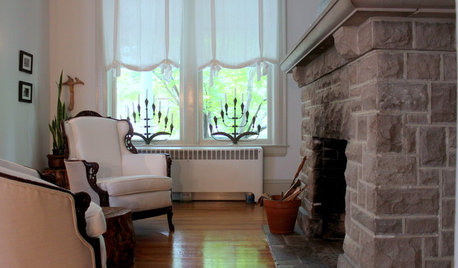
HOUZZ TOURSMy Houzz: Scandinavian Simplicity in a Pennsylvania Colonial
Patiently peeling away old layers and adding fresh design elements leads to a bright new look for an outdated home
Full Story
BEFORE AND AFTERSReader Project: California Kitchen Joins the Dark Side
Dark cabinets and countertops replace peeling and cracking all-white versions in this sleek update
Full Story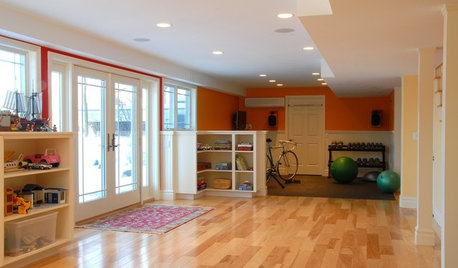
MORE ROOMS12 Colors to Pump Up Your Home Gym
Peeling gray walls not inspiring your workouts? Exercise your right to a motivating space with these stylish paint picks
Full Story
COLORAdd Excitement With Vibrant Ceiling Color
Slather on some bold ceiling color for an instant — and eye-catching — transformation
Full Story
REMODELING GUIDESDecorated Ceilings Are Looking Up
Whether with a simple coat of paint or intricate molding, ceilings are getting some long-deserved attention in interior designs
Full Story
DECORATING GUIDES11 Tricks to Make a Ceiling Look Higher
More visual height is no stretch when you pick the right furniture, paint and lighting
Full Story
ARCHITECTURECeiling Treatments Worth a Look
Add beams, boards and other embellishments to that blank expanse for a room that looks dressed from head to toe
Full Story
PAINTINGBulletproof Decorating: How to Pick the Right Kind of Paint
Choose a paint with some heft and a little sheen for walls and ceilings with long-lasting good looks. Here are some getting-started tips
Full Story
KITCHEN BACKSPLASHESTin's a Win for Kitchen Backsplashes
Durable tin has come down from the ceiling and out of Victorian times to decorate backsplashes today
Full Story

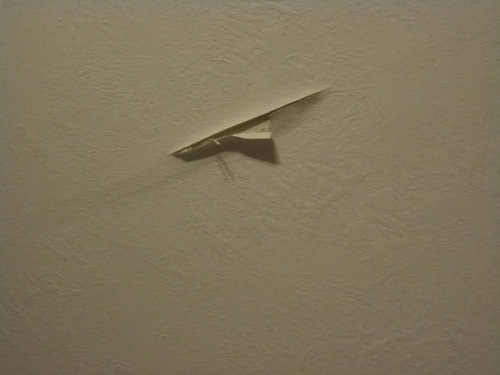
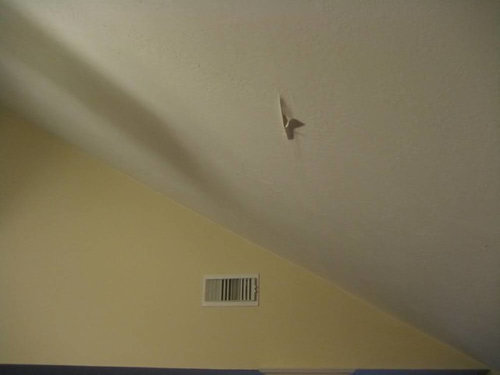
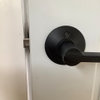

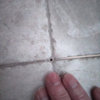
brickeyee
janet518Original Author
Related Professionals
Crestline Kitchen & Bathroom Remodelers · Idaho Falls Kitchen & Bathroom Remodelers · Bryan General Contractors · Florham Park General Contractors · Greenville General Contractors · Lakewood Park General Contractors · Marietta General Contractors · Nampa General Contractors · Owosso General Contractors · Rotterdam General Contractors · Signal Hill General Contractors · Sun Prairie General Contractors · Lakeside Painters · Pensacola Painters · Perry Hall PaintersUser
janet518Original Author
User
randy427
sdello
mrehandyman
tryinbrian